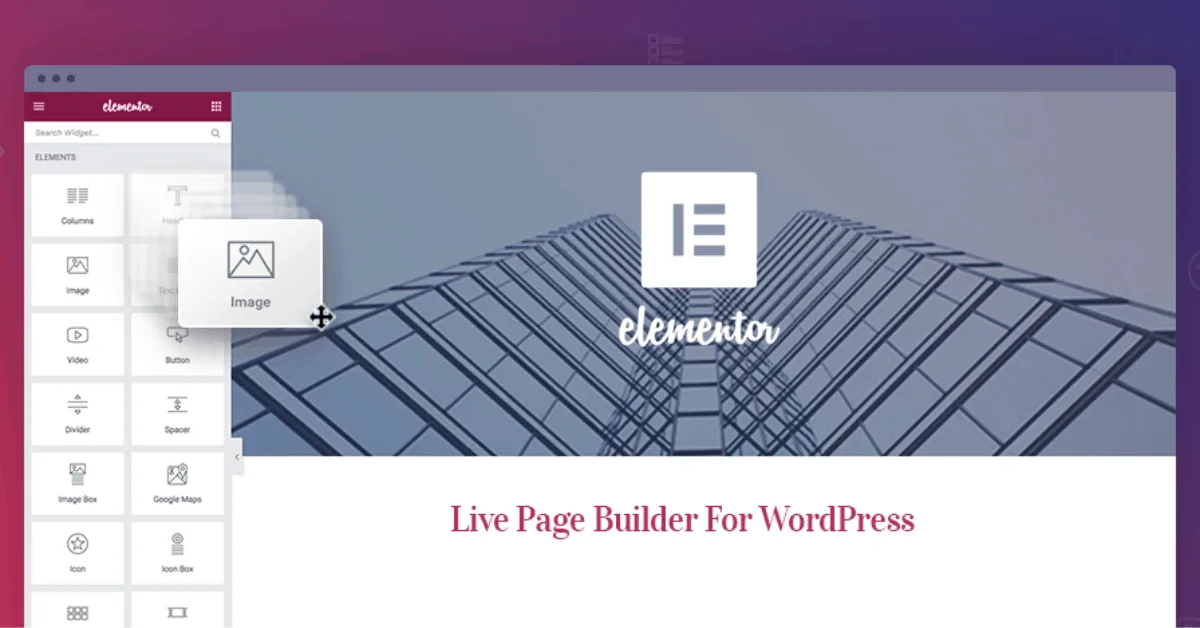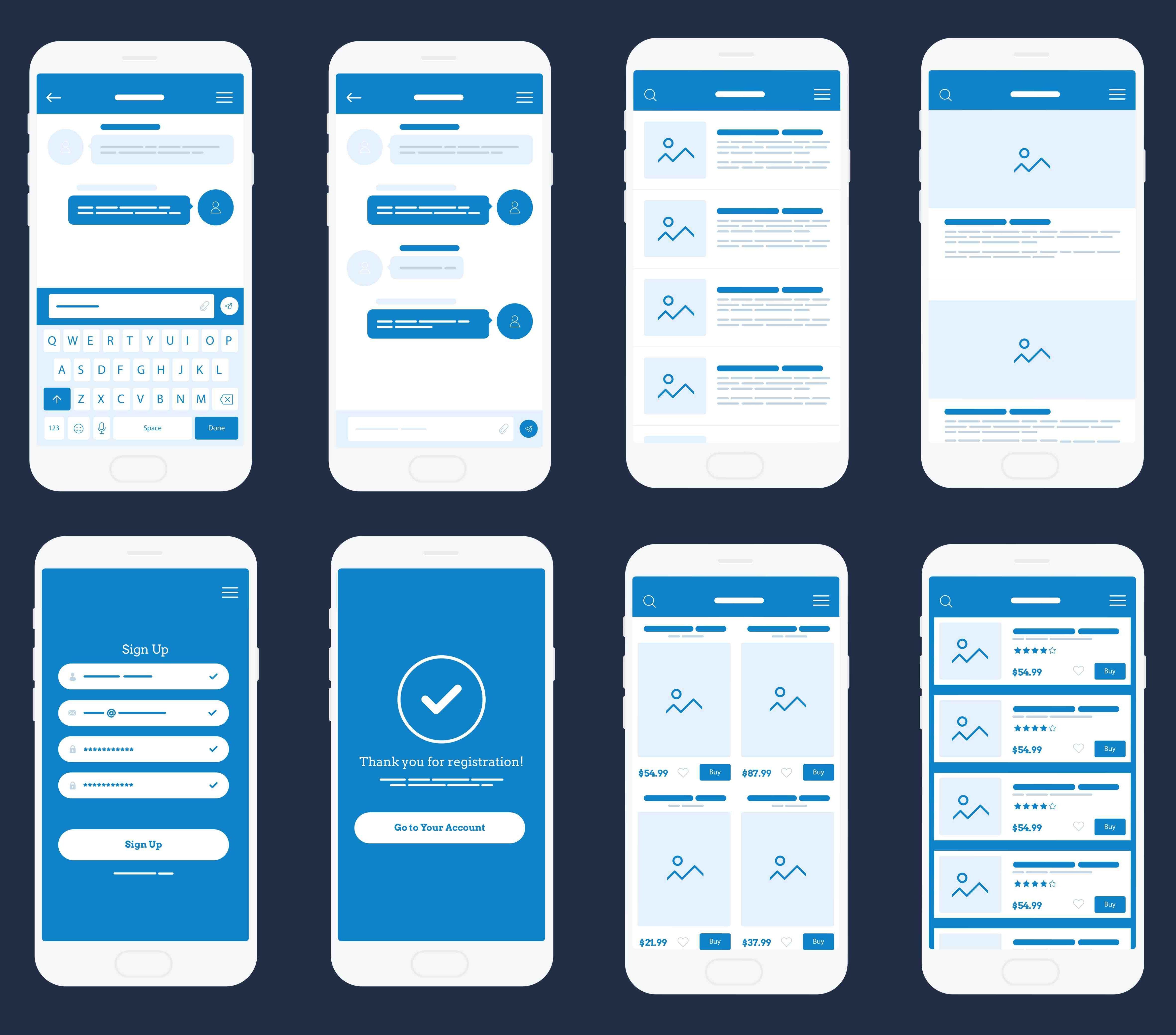Mobile first was at one point the dominate methodology, but has that day come and gone?
Traditionally, websites were developed for desktop, then adapted for mobile use.
Then, in 2010, Google popularized mobile-first, an approach that had been used for a few years already. They did this because it was around that time that mobile usage was starting to make up a larger percentage of web traffic.
This trend continued until today, where mobile usage is about equal to that of desktop.
However, a few things to note. When mobile-first was adopted by Google, tablets were just released that year and therefore there was very little adoption. Although tablet adoption, particularly for web usage, has remained relatively low and has mostly flattened off, the introduction of tablets, along with an increasing number of phone and monitor sizes, created a situation where you needed more than just a single desktop and mobile version of a site. This led to the concept of responsive design. This term was coined in 2011 and meant that websites should adapt to any possible resolution or screen size. This concept did not negate the idea of mobile-first, but as responsive design became more prevalent, mobile-first became less essential.
Today, mobile web usage in the United States and Europe is about on par with desktop usage, and accounts for around 60% of global usage, although it’s not universal. For example, with only 37% of their web usage taking place on mobile, Canadians are the third least likely to use their phones for web traffic.
If mobile usage is greater than desktop, why not focus on mobile for web design?
Firstly, approximately 80% of all social media usage is on mobile devices. In other words, a huge chunk of mobile usage is tied to social media, meaning if you remove social media and focus just on non-social media websites, desktop becomes more popular.
Secondly, desktop users spend on average 40% longer on sites than mobile users. Mobile also has the highest bounce rate (52.11% globally) when compared to desktop and tablet.
Finally, and potentially most importantly to businesses, desktop usage leads to more conversions, with desktop at 3.7% and mobile at 2.2%.
When looking at B2B websites, in every industry other than fintech, desktop has a large lead over mobile. In fairness, if you are building an e-commerce site, mobile will likely be more popular, but that still doesn’t mean you should do mobile-first design. We’ll get into why in the next section.
In summary, mobile usage stats are inflated by social media, and the usage is not as efficient to website owners. If you are a B2B business, mobile is likely to be far less important than desktop.
Data aside, what is easier?
Because you need a responsive site, rather than a desktop site and a mobile site, doing mobile first isn’t the most efficient.
It’s easier, quicker, and therefore cheaper to do a desktop site first, because desktop is usually the “blue sky” approach, offering everything you would ever want to display. From there, you can change or remove things for mobile. It’s typically easier to start big and go small than to go small then go big, which may require revisiting sections and components that just don’t work well on a larger screen, which will likely result in some redesign effort.
From a build perspective, it’s also usually easier to do desktop first, and then stack elements to make it responsive. To better understand stacking, consider text in a word processor like Microsoft Word. If you make the margins narrower, the text will wrap and insert line breaks automatically so the text shifts from taking up horizontal space to more vertical space. That’s basically how responsiveness works in websites as well.
This analogy works to show how responsive design works from desktop down to mobile, but it doesn’t properly illustrate the problems with the inverse.
If you build mobile first, as the screen becomes larger, the site won’t really know how those elements are supposed to look as they get bigger, potentially resulting in a poor desktop experience.
As a result, going from big to small often involves less rework than going from small to big.
Of course, if your site’s traffic is overwhelmingly mobile and you really don’t care about the desktop experience, then mobile-first might be desirable. However, at Aurora, our typical process is to design desktop first, and then move onto desktop build. In parallel to desktop build, we work on mobile designs. This way, our process isn’t entirely a waterfall approach, and it prioritizes the work as well as possible, resulting in the least amount of rework and ultimately the best timeline.
 Back to insights
Back to insights

 Read More
Read More




